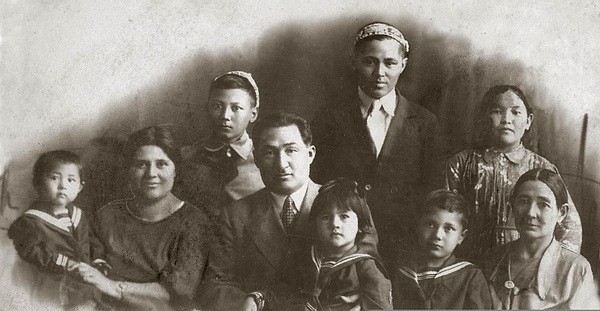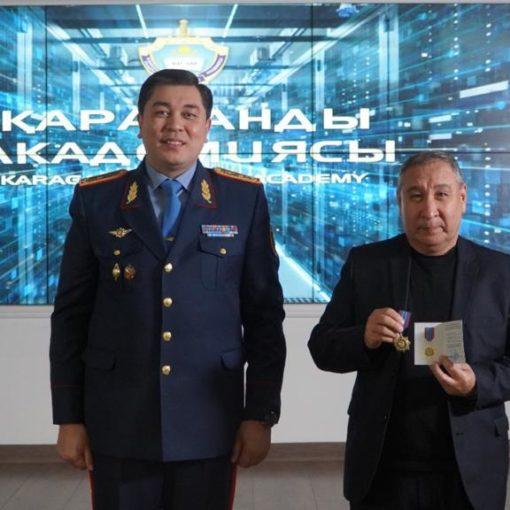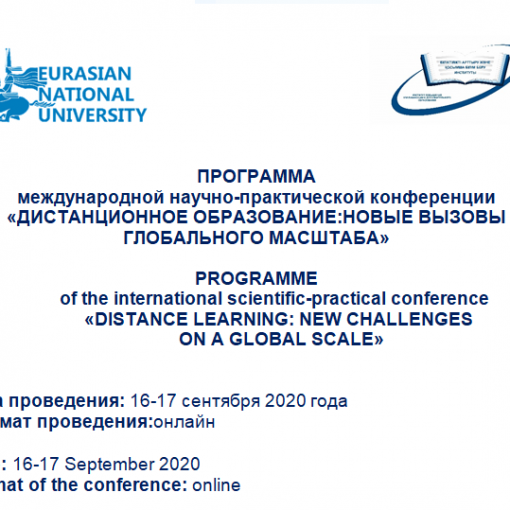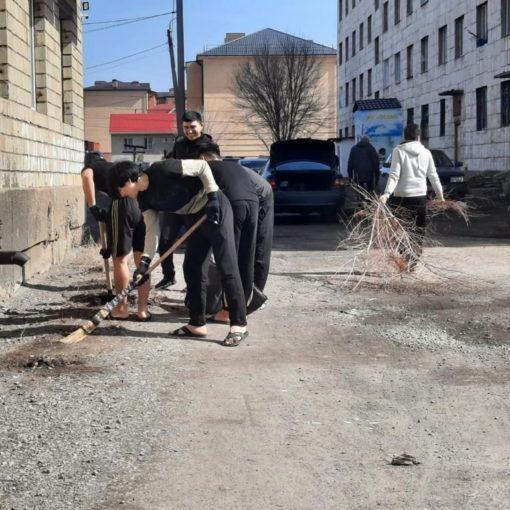
Ilyas Jansugurov – Kazakh poet, the First chairman of the Writers’ Union of Kazakhstan, made a significant contribution to the development of national poetic culture, creatively developed the traditions of Kazakh oral folk art. Ilyas Zhansugurov is a writer who has proved himself in different genres of poetry, prose, drama and has his own unique style.
About 15 such poems entered the treasury of Kazakh poetry, where the epic rhythm and lyrics are perfectly combined, creating a peculiar author’s handwriting. His plays and the novel “Zholdastar”, which reflects the events of the national liberation uprising of 1916, also became classics of the Kazakh artistic word.
Ilyas Dzhansugurov was born on May 1, 1894 in aul №4 Aksu district of Almaty region (now Zhansugurov settlement).
Ilyas lost his mother early. He was brought up by his father – Zhansugurov Bersugurov, a craftsman, a blacksmith, a man of severe temperament, who became his first teacher. As a boy Ilyas got acquainted with the best works of Abai, Sherniyaz, Makhambet, Bazar, Ahan, Birzhan, Aytys between Semirechensky akyns Suyumbai and Kunbala, Aset and Ryszhan, Birzhan and Sarah.
Many years later he published these masterpieces of folk art. Ilyas was trained since childhood not only in crafts, but also in dombra and singing. He took a keen interest in song tournaments – ïtys. Before putting together his first poem, he already played the dombra well, knew by heart hundreds of Kazakh songs. Much later, looking back on his childhood, he will say: “From my childhood I have been clinging to verbal springs, Trying to see the bottom, where the gems of facets, I penetrated into the secrets of words and paid tribute to the lines, taking into account the ancient legends and legends.
Ilyas entered Karagash incomplete secondary school in 1910, where he studied intermittently until 1917. And later – in the well-known at that time in the Semirechye school “Mamania”. Dzhansugurov started to write in 1912. His first poems he did not write, and improvised to the sounds of dombra, with which he did not part.
In 1912, he was forced (by tradition to leave a widow in his family), married Zhamil, the widow of his uncle. They had no children.
The first manuscripts of young Dzhansugurov are dated 1915 and 1920. In these early poems Ilyas fully influenced the origins of his work: folklore, song wealth of his native people and the poetry of Abai. The first poems “Saryarka” (“Saryarka”), “Tilek” (“Wish”) were published in the magazine “Saryarka” in 1917.
In the summer of 1920, Dzhansugurov, on the advice of his friend and mentor Bilyal Suleev goes to Tashkent to fill the gaps of his education. There he enters the teacher training courses and successfully finishes them. At the same time, he works as a proofreader for the Kazakh newspaper Ak Zhol, writes poems and prints them in a youth newspaper edited by Gani Muratbayev.

In 1921 Zhansugurov returned to his county and taught at the Beltogan aul school. In 1922 he married Amansa Berentaeva (on photo with Ilyas). They are actively involved in the establishment of Soviet power, fervently believing in the ideals of communism and social justice, appearing in one agit-brigade.
In autumn 1922, Dzhansugurov was invited to work in the newspaper “Tilshi” (“Correspondent”), and in February of the next year he was appointed director of the Kazakh Institute of Public Education (Institute of Education in Vernoe (Almaty)). But neither the newspaper, nor the institute, nor a large public load have detached Ilyas from poetry, without which he could not live. During this period he wrote about seventy poems. The young poet managed to overcome the known limitations of the worldview, ideologically grew, expanded and deepened the theme of creativity, mastered literary skill.
In 1924, Dzhansugurov went to Moscow and studied at the Institute of Journalism. During this period, he was already a famous poet, but, despite this all the forces Ilyas gave his studies, reading and work on himself. Kazakh poet meets with V. Mayakovsky, D. Poor, E. Bagritsky, M. Svetlov, V. Lugovsky and other Russian poets. He graduated from the Institute of Journalism in 1928.

One of the first in Kazakhstan Ilyas Jansugurov develops a theme of friendship of Russian and Kazakh peoples. His views on this issue coincided with the views of three great thinkers: Abai Kunanbayev, Ibray Altynsarin, Chokan Valikhanov. In the poem “Moscow-Kazakhstan” the poet shows the essence of new relations between the peoples, when friendship is not a declaration, not a beautiful word, but a visible, tangible, hot business from which the life is good. In 1930, as if marking the tenth anniversary of his creative path, Ilyas Dzhansugurov performed the poem “Steppe”.
This monumental poem was recognized at that time not only as the peak of the poet’s creativity, but as a major achievement of Kazakh poetry. “The Steppe” is a poetic chronicle of the Kazakh people. Its main character is the people going to their happiness through years of suffering, trials and disasters.
1934 – 1937 editor of Kazpolitizdat, simultaneously, in 1933 – 1936 member of the CEC of the Kazakh SSR; Creates plays “Turksib”, “Isatai – Makhambet”. (1936). Worked on their production in the theatre, and also started the activity on creation of Kazakh cinematography.
In 1937 Zhansugurov finished his famous famous poem “Qulager”, which became a classic of Kazakh literature.
In August 1937, Ilyas Jansugurov became a victim of political repression, and was imprisoned on false accusations. In November 1937, Fatima Gabitova gave birth to a son, Bulat, about whom Ilyas would already say in prison: “Let my son be a simple shoemaker than a poet”.
On February 26, 1938 Ilyas Jansugurov was shot on the verdict and decision of the triad.
Ilyas Jansugurov was rehabilitated in 1958. Posthumous rehabilitation almost a quarter century later brought back to life his remarkable works. They were reissued and returned to the people.
The history of his archive is also amazing.
Jansugurov’s work is multifaceted, his talent is original as a gem. His poetry is full of deep thoughts, great feelings, citizenship. It is vital truthful, spiritualized by a high dream.
The memory of him is immortalized in the names of educational institutions, settlements and farms. Taldykorgan Pedagogical Institute (now Zhetysu State University in Taldykorgan) is named after him.
There was also opened a literary and memorial museum dedicated to the life and work of the poet. Monuments were erected to Ilyas Jansugurov in Taldykorgan and Almaty (at the station square of Almaty-1 station), streets in cities of Kazakhstan were named after him. In 1964, Abakumovka village in Taldykorgan region was named after Jansugurov. School No. 134 in Almaty was named after Ilyas Jansugurov.
In Zhanalyk settlement, where mass graves were found (shootings of 1938), the school was named after Ilyas Jansugurov. Ilyas Jansugurov Republican Foundation was opened.
Source: http://jansugurov.kz/biografiya-ilyasa-dzhansugurova/





